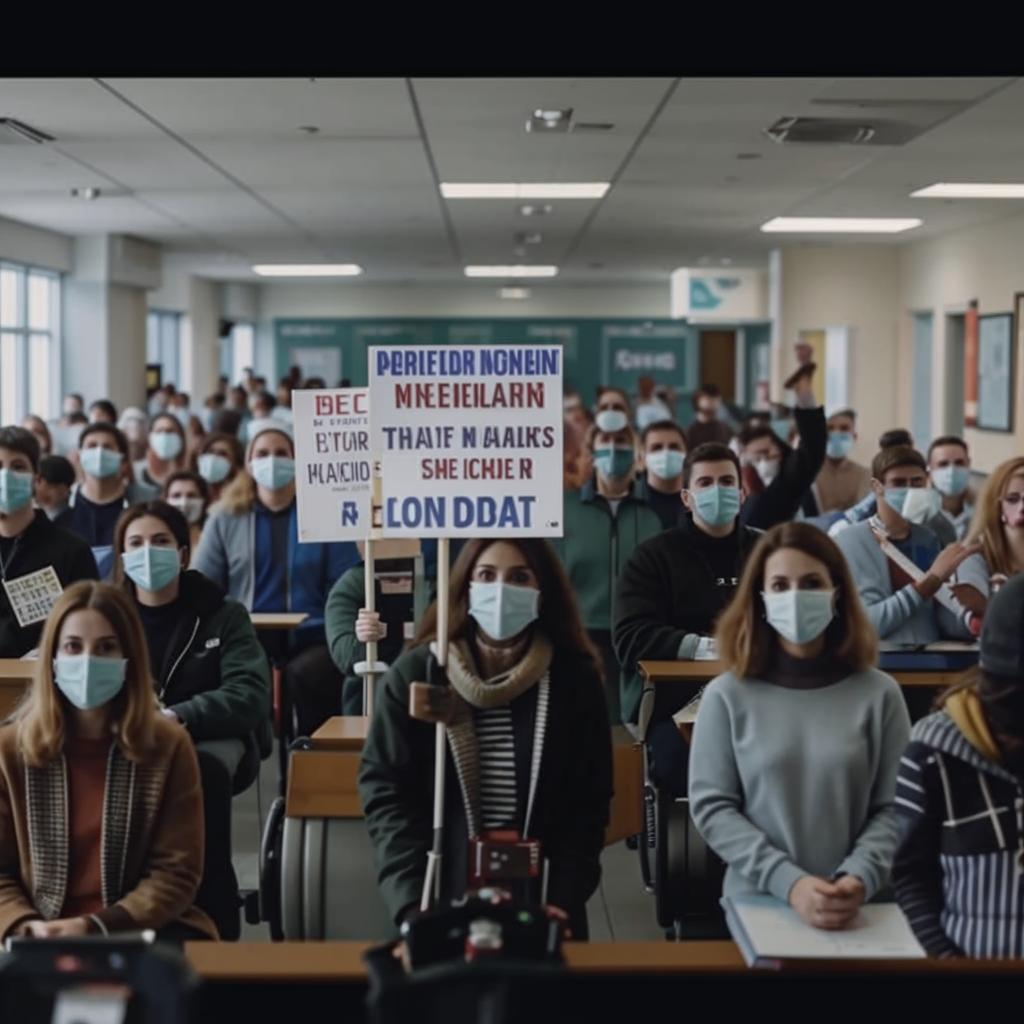The chasm between men’s and women’s political views is widening significantly, reaching levels not seen in decades. Recent studies highlight diverging opinions on key issues, impacting elections and policy debates. This growing gender gap stems from evolving social values, economic anxieties, and differing perspectives on leadership.
Traditionally, gender gaps in political preferences were smaller and often focused on specific issues. Today, the divide permeates a broader range of topics, including government spending, social safety nets, environmental regulations, and even international relations. Women, more often than men, favor stronger government intervention in social and economic matters.
Several factors contribute to this widening disparity. Women are more likely to prioritize issues like healthcare, education, and social justice, while men may focus on economic growth, national security, and individual liberties. Generational differences also play a role, with younger women expressing more liberal views than older generations.
This growing divide poses challenges for political parties and policymakers. Campaigns must tailor their messages to appeal to diverse constituencies. Understanding the underlying causes of the gender gap is crucial for fostering constructive dialogue and finding common ground. Without addressing these diverging viewpoints, political polarization will likely intensify, making consensus-building even more difficult. Future elections will likely be determined by which side more effectively mobilizes their respective gender base.














